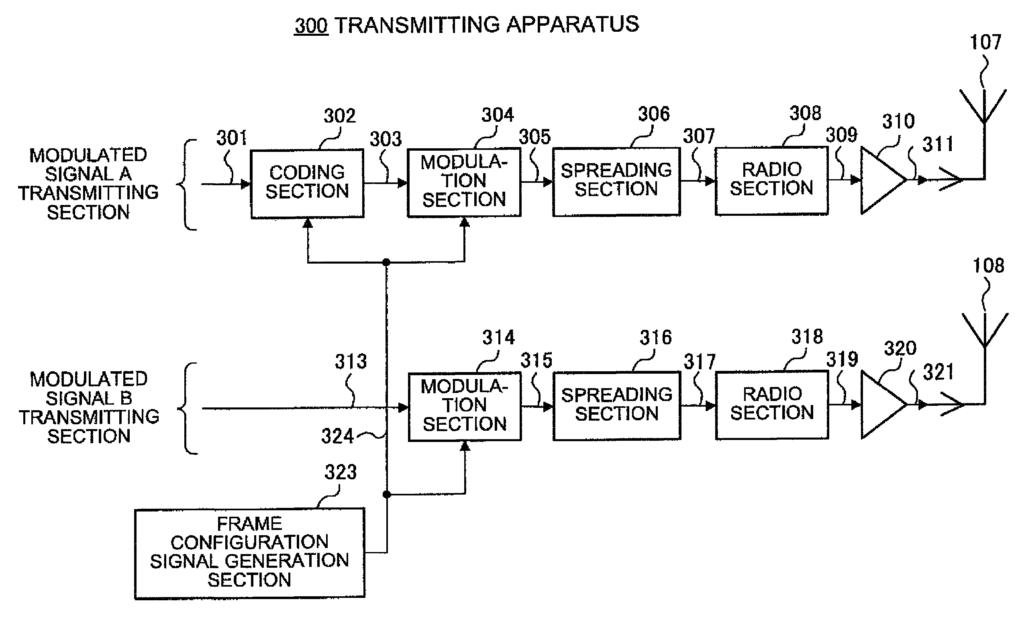Optimize Data Flow with Advanced Signal Control
Introduction
In today’s fast-paced digital age, seamless communication is critical for the success of industries ranging from telecommunications to networking. Data flows constantly across the globe, connecting people, devices, and businesses, making signal reliability and efficiency more important than ever. Our patented communication technology offers a powerful solution to improve data flow, enhance signal strength, and minimize disruptions, providing a more seamless communication experience for users and businesses alike.
Challenges in Communication Systems
The growing demands on communication systems mean that many existing methods for data transmission struggle to keep up with the requirements of modern networks. Signal interference, data bottlenecks, and inconsistent connectivity can hinder the flow of information, slowing down critical processes and frustrating users. As more devices connect to networks and data usage increases, industries need solutions that can provide faster, more reliable communication without sacrificing quality.
These challenges aren’t limited to large-scale networks—consumer electronics, wireless systems, and personal devices also face connectivity issues that reduce user satisfaction and productivity.
Why Choose Advanced Signal Control?
Our patented communication apparatus and method provide the advanced signal control necessary to tackle these challenges. Designed to minimize interference, optimize data flow, and improve transmission quality, this technology ensures that communication systems function efficiently, even under high demand. By managing signal paths and eliminating disruptions, it allows for faster, more reliable data transmission across a wide range of devices and networks.
Whether in telecom infrastructure, wireless communications, or personal electronics, this technology can be applied to optimize connectivity, leading to improved user experiences and increased operational efficiency. It’s designed to integrate easily into existing systems, allowing businesses to upgrade their communication networks with minimal disruption.
Key Benefits
- Enhanced Data Flow: Improves transmission quality for faster, more efficient communication.
- Reduced Interference: Minimizes signal disruptions, providing more reliable connectivity.
- Flexible Applications: Can be used in telecommunications, wireless networks, and electronic devices.
- Cost-Effective: Streamlines communication systems, reducing the need for costly upgrades.
Elevate Your Communication Systems with Advanced Signal Control
Licensing this communication apparatus and method allows industries to unlock the full potential of their communication systems. Whether in telecom, wireless, or networking applications, this technology provides the tools needed to ensure faster, more reliable connectivity, improving user satisfaction and operational efficiency.

- Abstract
- Claims
Share
Title
Communication apparatus and communication method
Inventor(s)
Yutaka Murakami, Kiyotaka Kobayashi, Masayuki Orihashi, Akihiko Matsuoka
Assignee(s)
Panasonic Intellectual Property Corp of America
Patent #
7848454
Patent Date
December 7, 2010
